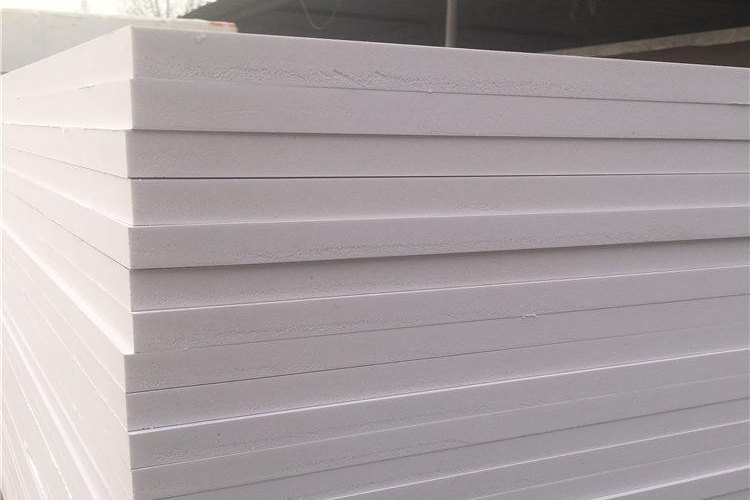PVC foam board has become a popular choice for a wide range of applications, from signage and displays to construction and packaging. Its unique properties, including lightweight, rigidity, and durability, have made it a preferred substrate for many industries. However, to make an informed decision about whether PVC foam board is the right material for your specific needs, it's essential to compare it to other substrate materials.

Key Properties of PVC Foam Board
Before diving into comparisons, let's briefly review the key properties that make PVC foam board a versatile material:
Lightweight: PVC foam board is significantly lighter than many other materials, making it easy to handle and transport.
Rigid: Despite being lightweight, PVC foam board offers excellent rigidity, providing a stable surface for printing and mounting.
Durable: PVC foam board is resistant to moisture, chemicals, and UV rays, ensuring its longevity.
Versatile: It can be easily cut, shaped, and printed on, making it suitable for a variety of applications.
Cost-effective: PVC foam board is generally affordable, making it a cost-effective option for many projects.
Comparing PVC Foam Board to Other Substrate Materials
1. PVC Foam Board vs. PET (Polyester) Film
PET Film: PET film, commonly used for PET light box cloth, is a thin, flexible material known for its excellent image quality and durability.
Comparison: PVC foam board is thicker and more rigid than PET film, making it better suited for applications requiring a sturdy surface. PET film, on the other hand, is ideal for creating lightweight, flexible displays and banners.
2. PVC Foam Board vs. Aluminum Composite Panel (ACP)
ACP: ACP is a sandwich panel composed of two thin aluminum sheets bonded to a polyethylene core.
Comparison: While both PVC foam board and ACP are lightweight and rigid, ACP is generally more expensive and heavier. ACP is often used for exterior applications due to its weather resistance and durability, while PVC foam board is more commonly used for indoor signage and displays.
3. PVC Foam Board vs. Corrugated Plastic
Corrugated Plastic: Corrugated plastic is a lightweight, fluted plastic sheet that is often used for temporary signage and construction.
Comparison: PVC foam board offers a smoother, more rigid surface compared to corrugated plastic. Corrugated plastic is more flexible and can be bent, but it is less durable and not as suitable for high-quality printing.
4. PVC Foam Board vs. Wood
Wood: Wood is a natural material that has been used for centuries for signage and display purposes.
Comparison: PVC foam board is more lightweight, moisture-resistant, and easier to work with than wood. Wood is susceptible to warping, rotting, and insect damage, making it less suitable for outdoor applications.
Choosing the Right Substrate
The best substrate for your project depends on a variety of factors, including:
Application: What will the material be used for?
Environment: Will the material be exposed to indoor or outdoor conditions?
Budget: What is your budget for the project?
Aesthetics: What is the desired look and feel of the finished product?
Durability: How long do you need the material to last?
PVC foam board is a versatile and cost-effective substrate that offers a good balance of weight, rigidity, and durability. However, it's essential to consider the specific requirements of your project when choosing a substrate. By carefully comparing PVC foam board to other materials, you can make an informed decision and select the best option for your needs.
